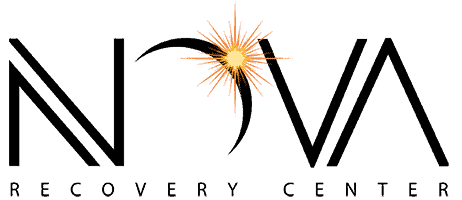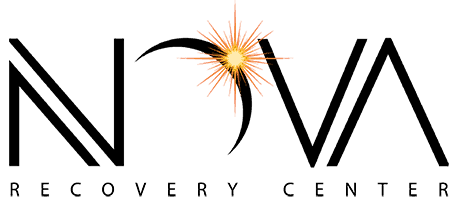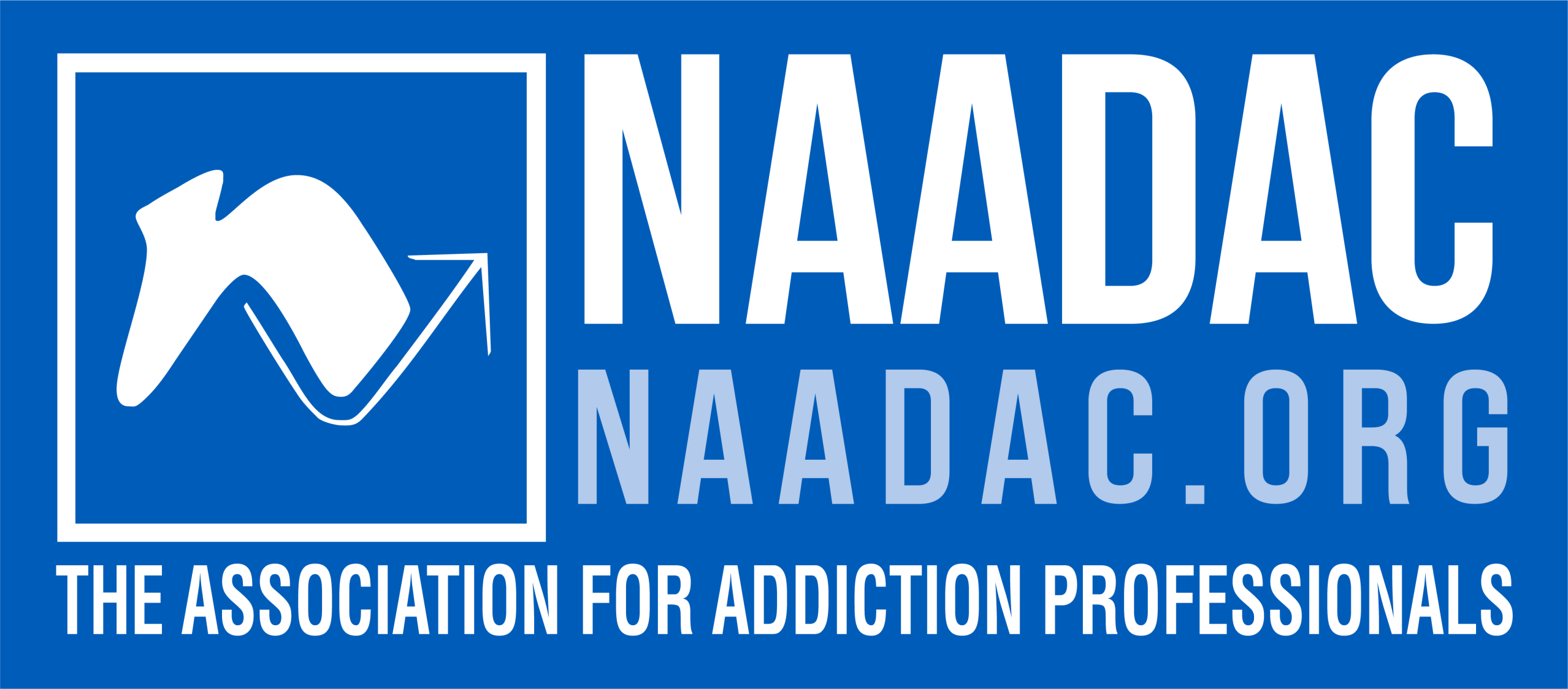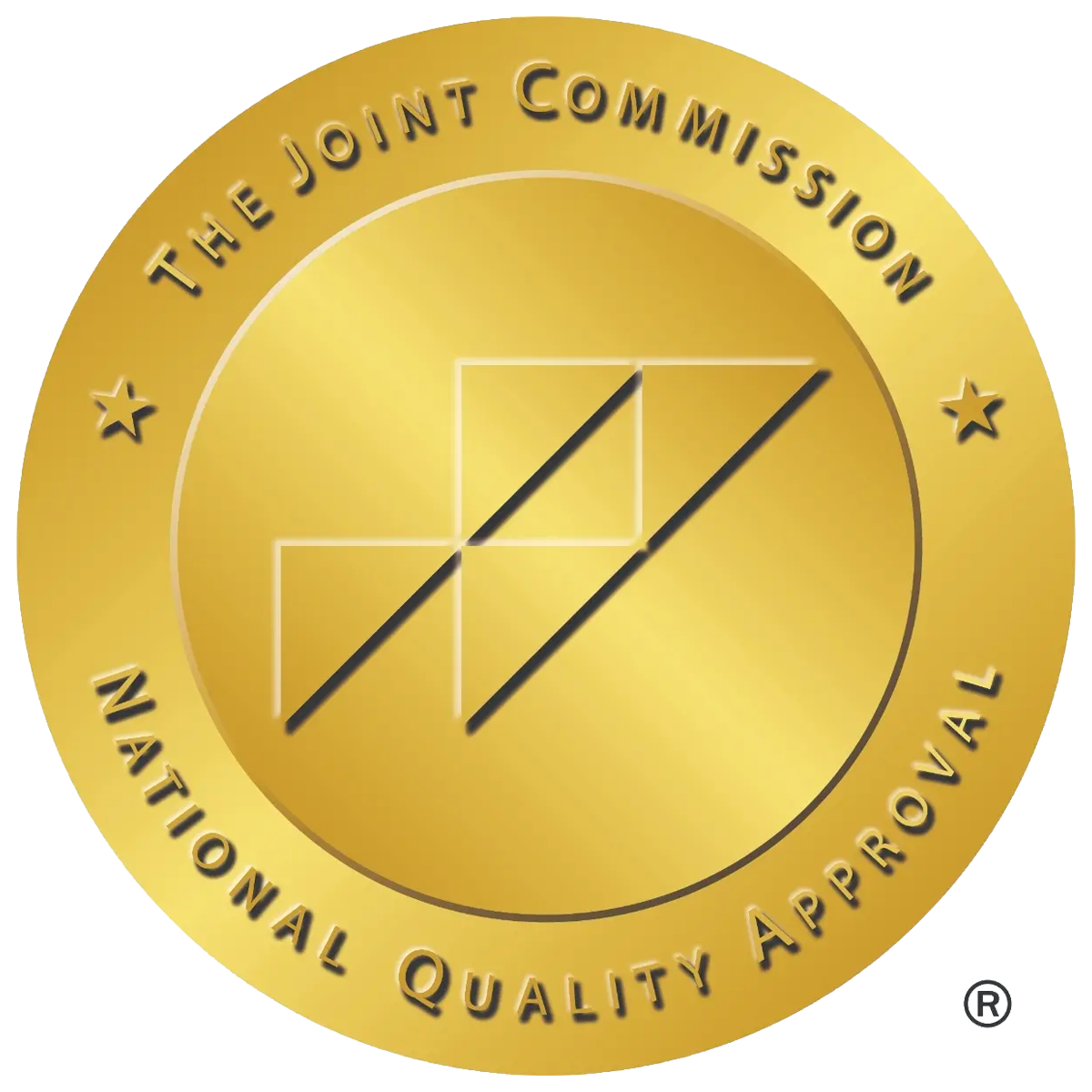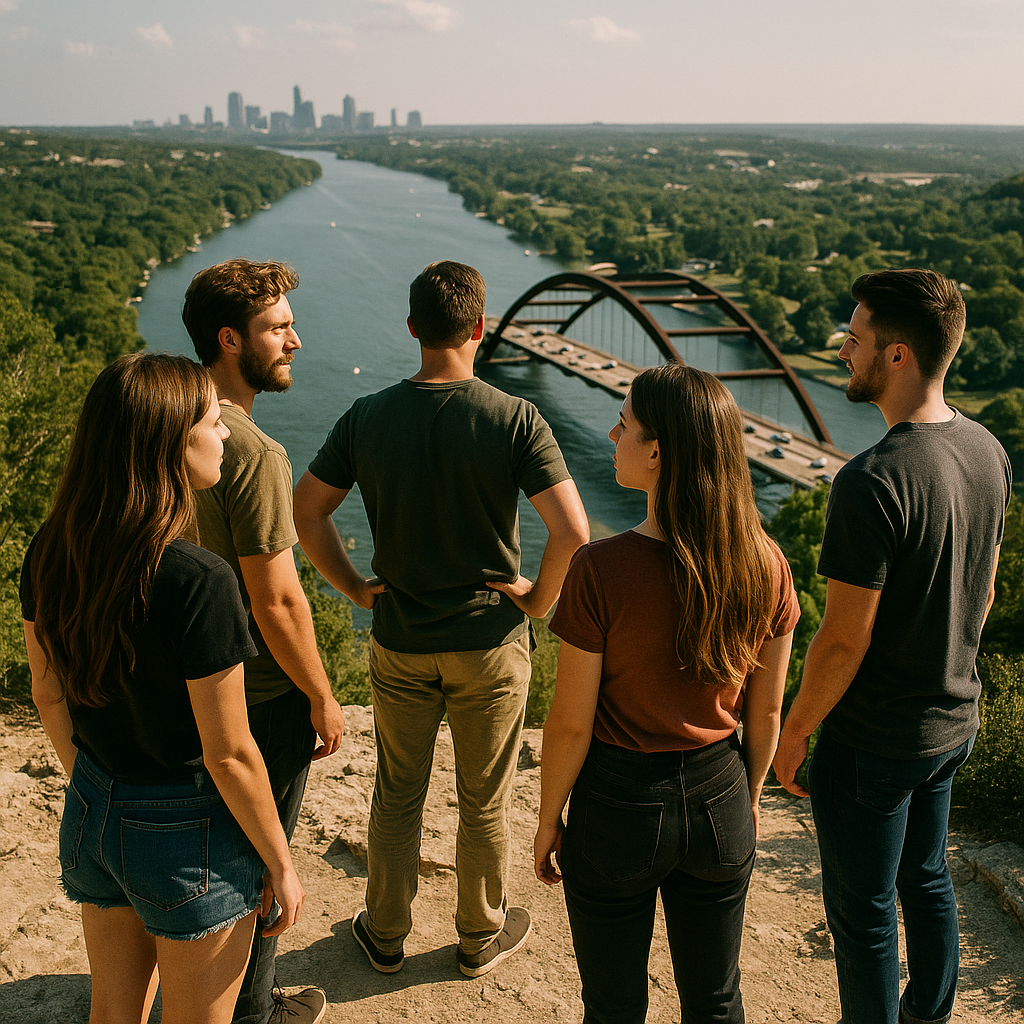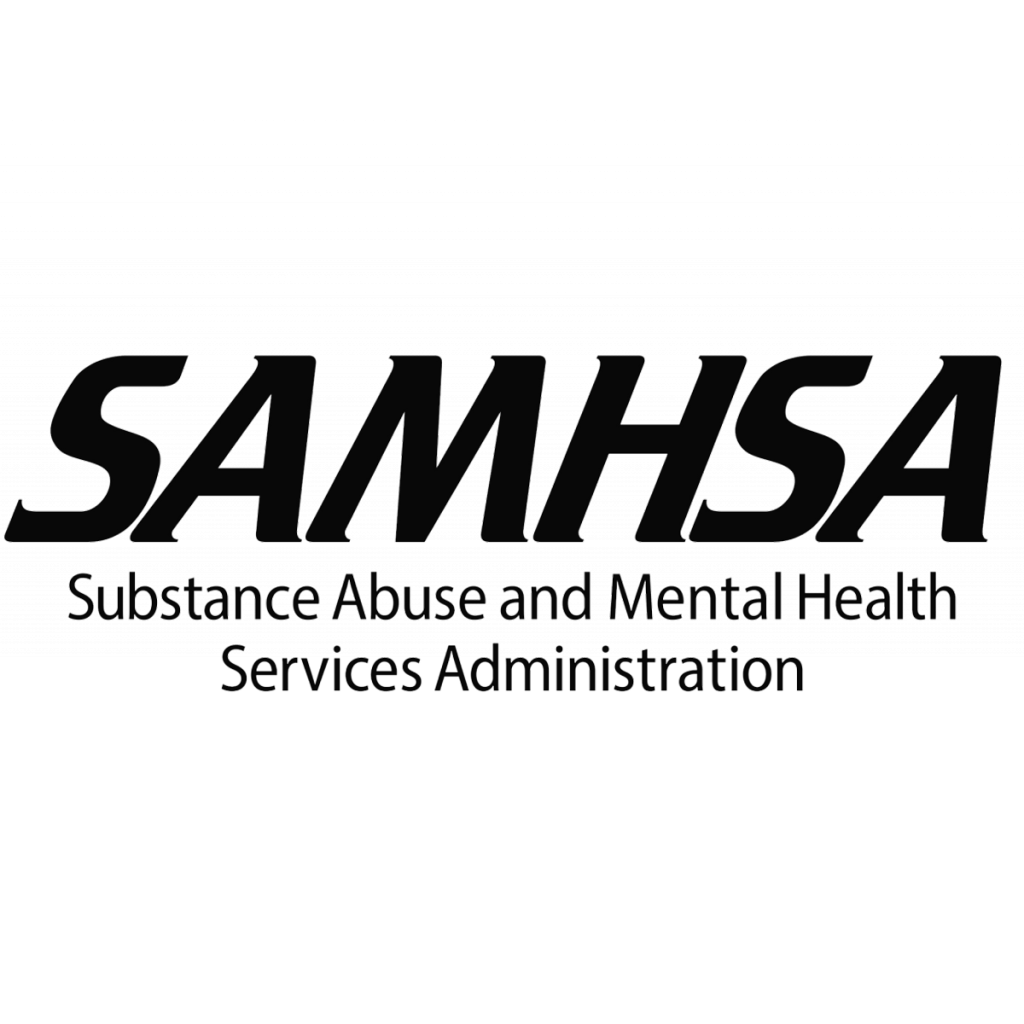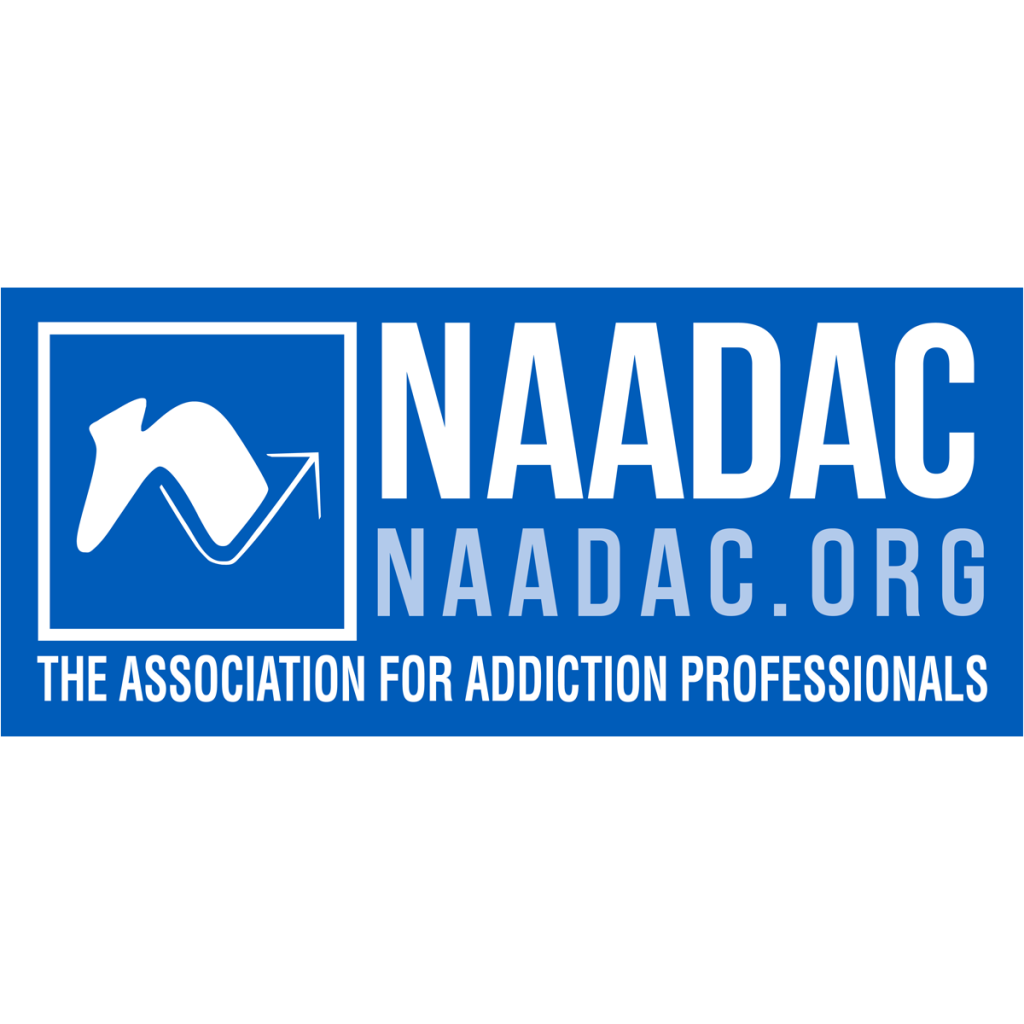Addictive Drugs
Table of Contents
About Drug Addiction
Drug addiction is a chronic and relapsing brain disease that is marked by compulsive drug seeking and use. Addiction stigma often says that people with addiction lack morals or willpower. However, drugs change how the brain works. This makes it very hard for someone to stop using drugs by themselves.
When a person first uses drugs, they may feel pleasure. This can include feelings of euphoria or a “high” after using. This is a result of the brain’s reward circuit being overstimulated and flooded with dopamine. These pleasurable feelings encourage them to continue using drugs, despite the harmful consequences.
Over time, drug use can become uncontrollable. The person may develop a physical dependence on the substance. They will need more and more of it to feel good or to function normally. The person starts to put their drug use above everything else. This includes family, friends, work, and activities they once enjoyed. They also isolate themselves. This way, they can keep fueling their addiction without feeling judged by others.
Drug addiction causes severe physical, social, and psychological damage and can even result in overdose or death.
Addiction Risk Factors Of Drug Addiction
Addiction does not discriminate based on age, sex, race, or ethnicity—anyone can become addicted to drugs. However, not everyone who abuses alcohol or drugs will end up becoming addicted to the substance. Certain risk factors increase the likelihood that substance abuse will lead to addiction.
- Biology – Studies show that about half of a person’s risk for addiction comes from genetics. However, gender and ethnicity also affect substance abuse. If someone has a parent or close family member who is addicted to drugs, they are more likely to become addicted too.
- Early drug use – A young person’s brain is still growing. This affects their ability to make good decisions and control themselves. The earlier a person starts using drugs, the more likely they are to become addicted later in life.
- Environment – A person’s surroundings can greatly affect the development of an addiction at some point in their life. Economic status, quality of life, and abuse can all affect a person’s risk of addiction. Early drug exposure and lack of parental guidance also play a role.
- Development – Adolescence is a critical developmental stage where susceptibility to addiction may be at its highest. The brain of a teenager is still growing. A young person’s self-control and decision-making skills may not be strong enough. They might struggle to resist peer pressure or the temptation of alcohol and drugs.
No single factor can predict a person’s future drug use. However, the more risk factors a person has, the more likely they are to become addicted to drugs.
Why Do People Use Drugs?
Many cases of substance abuse begin when people use drugs or alcohol as a form of self-medication. Mental health disorders like depression, anxiety, or bipolar disorder can be very hard to deal with. People who suffer from these conditions may try anything to feel better. People who have gone through trauma may use drugs or alcohol to hide painful memories.
Substance abuse can make mental health disorders worse. It can also increase the psychological issues linked to trauma. As the cycle of drug or alcohol abuse continues, it doesn’t take long for a full-blown addiction to form.
People use drugs for different reasons based on their situations. However, most people start using drugs for one or more of these reasons:
- To cope with life issues. Stress, trauma, depression, and anxiety are all common reasons people resort to drug use. Drugs temporarily mask the pain and distress associated with these issues and provide an escape from reality.
- To fit in. Drug use often begins as an effort to fit in with a certain social group or to make friends. This is very common with teens and young college-age adults.
- To improve their performance. Some individuals may find that certain substances increase their performance academically, socially, sexually, or athletically. They may start using drugs primarily for this reason but may very easily become addicted.
- To feel good. Many drugs and addictive substances activate the brain’s reward system. This creates feelings of pleasure and encourages the person to repeat the behavior.
The 2016 National Survey on Drug Use and Health found that 20.1 million people aged 12 and older have a substance use disorder. Among these individuals, 37 percent are addicted to illegal drugs. Seventy-five percent are addicted to alcohol. Twelve percent are addicted to both illegal drugs and alcohol.
How Does Substance Abuse Develop into Drug Addiction?
The path toward addiction begins with chemical changes in the brain. When a person takes a drug, the brain’s reward circuits are deluged with a flood of the feel-good neurotransmitter dopamine. The brain’s reward system gets overstimulated, leading to strong feelings of pleasure. This makes people want to use the drug repeatedly. Over time, the brain gets used to the extra dopamine. It makes less of it naturally and lowers its response. This makes the effects of a drug less intense than the initial high and indicates that a tolerance has formed. A person with a tolerance may take the drug more often or in higher doses. They try to feel those early highs again. Once the drug-seeking behavior has become compulsive, an addiction has formed.
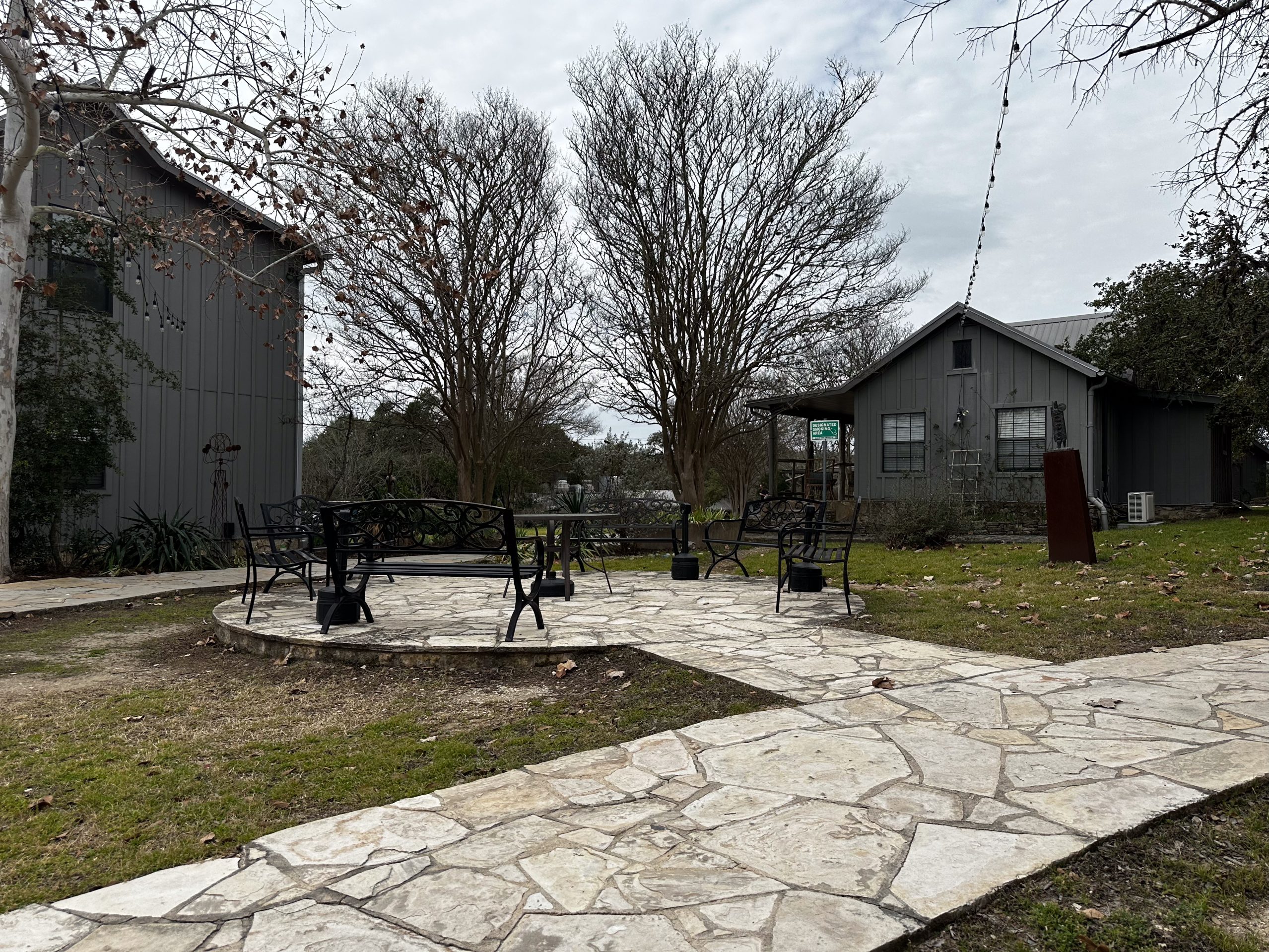
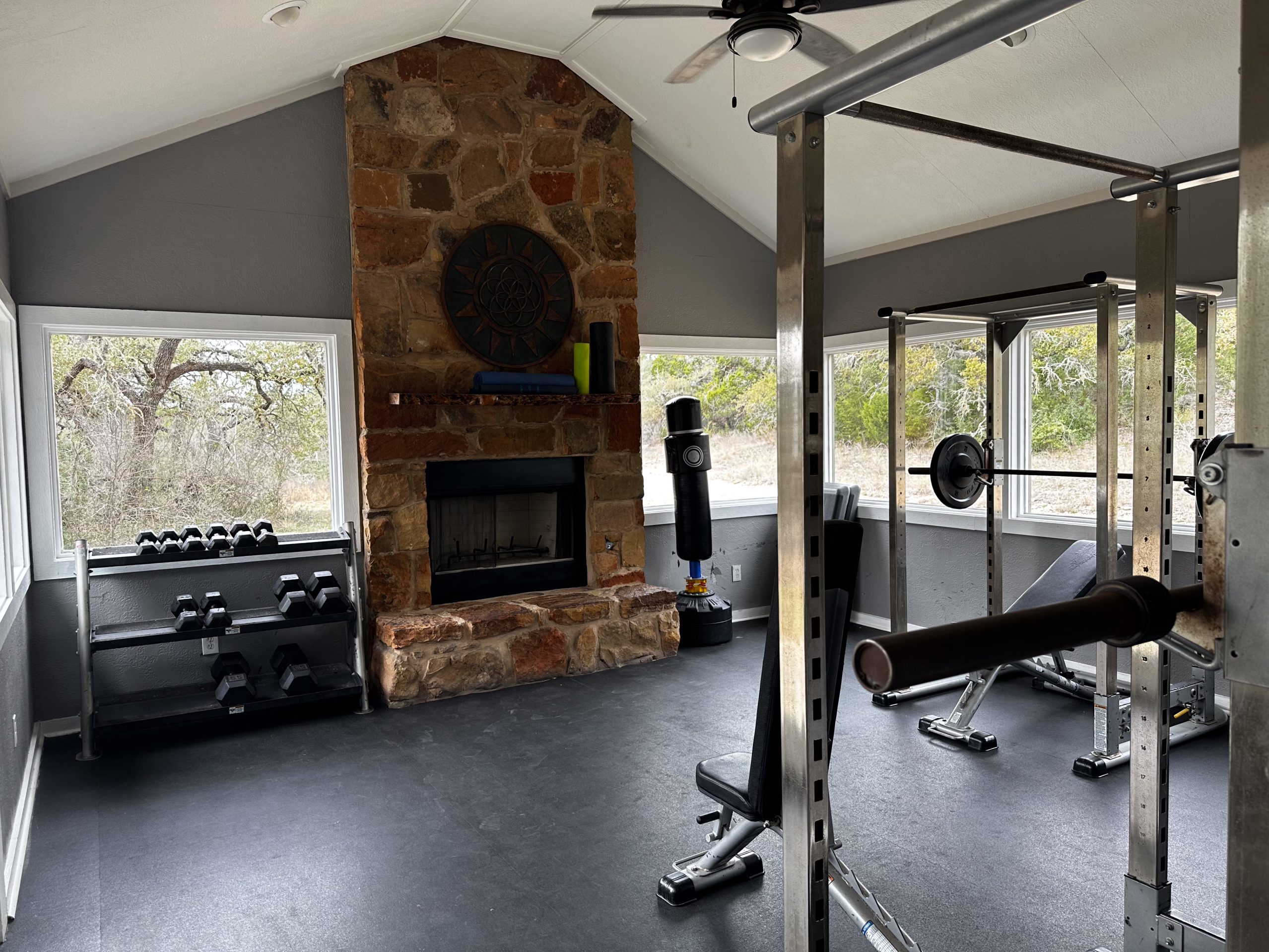
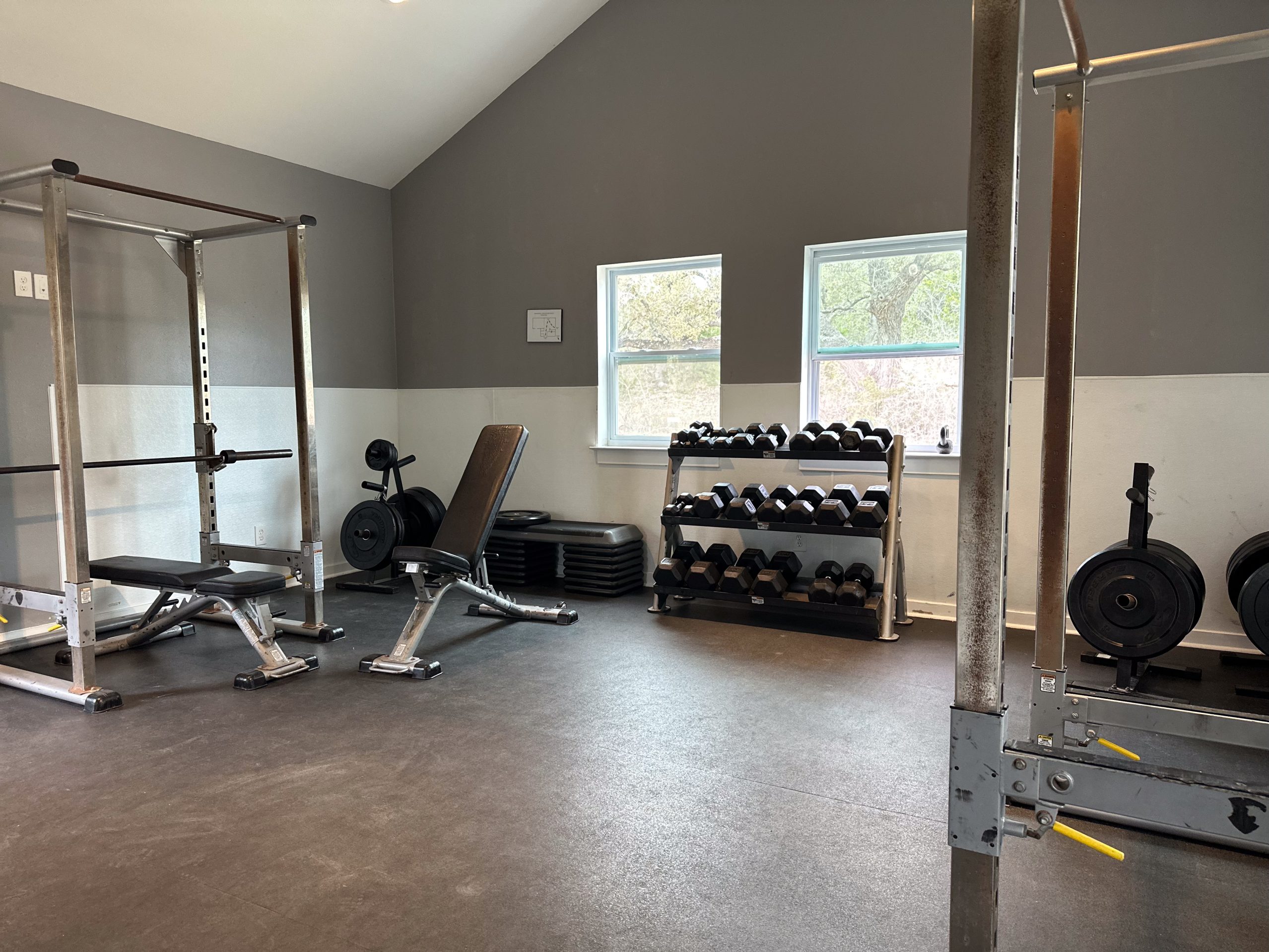
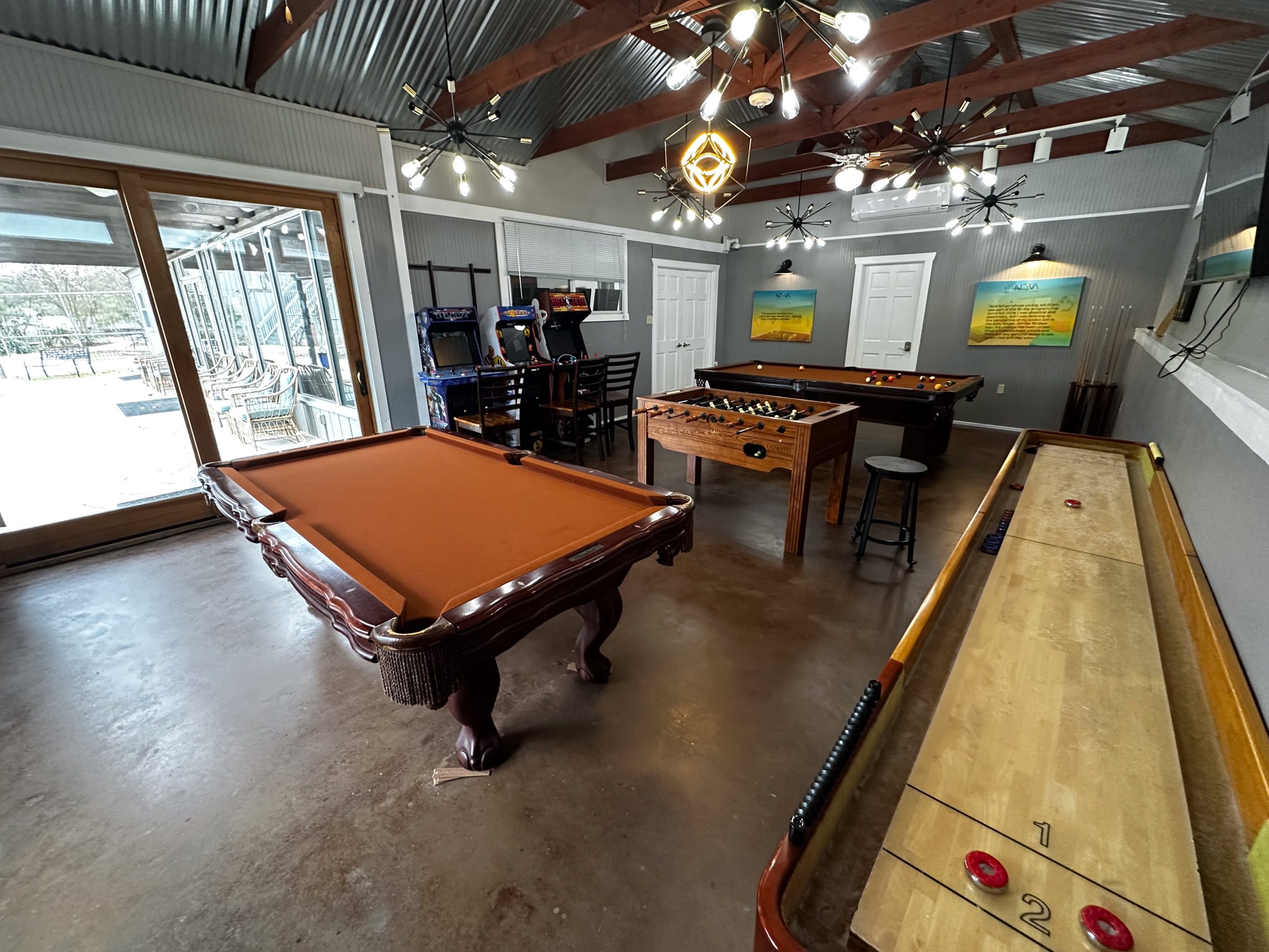



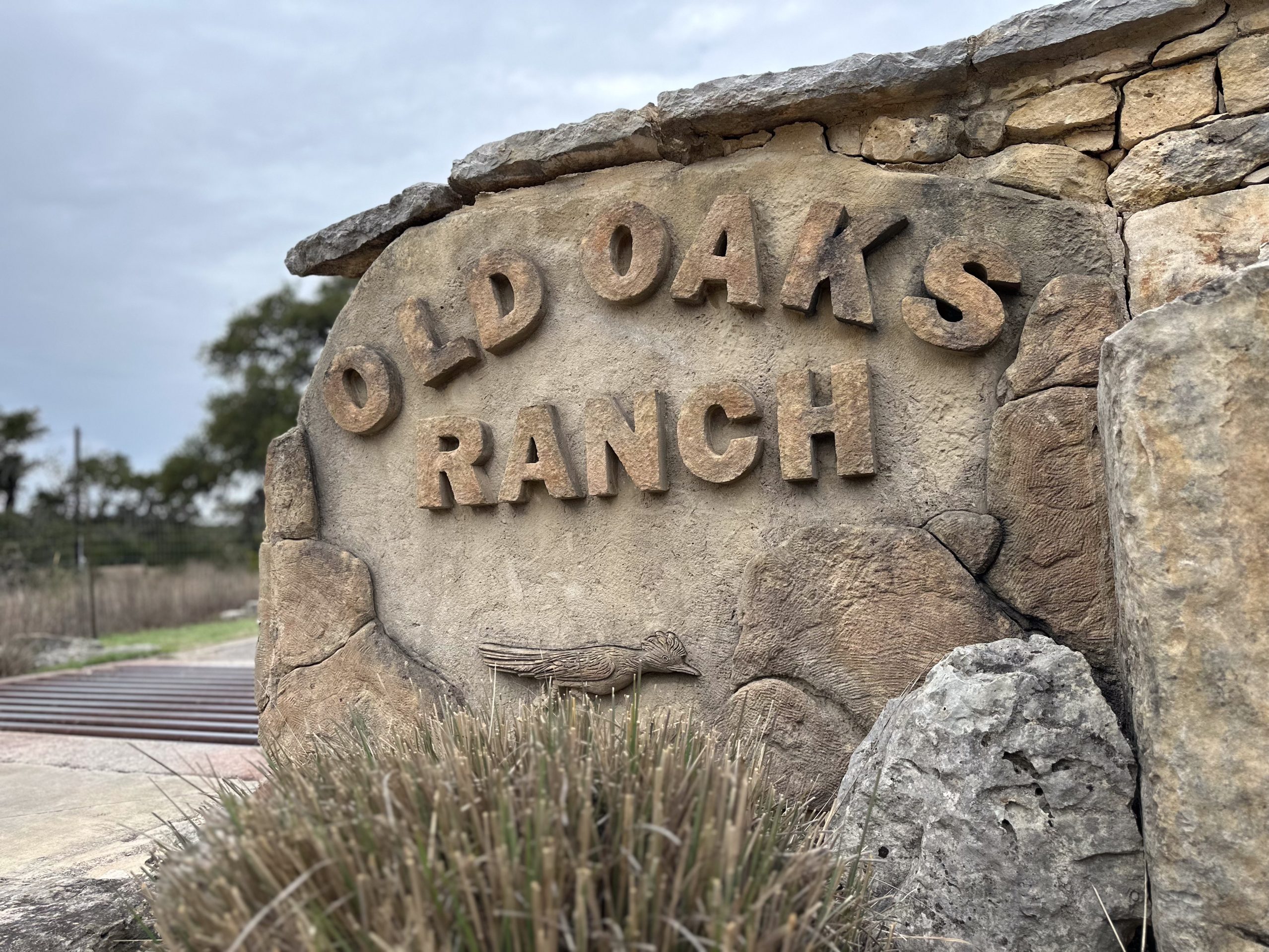
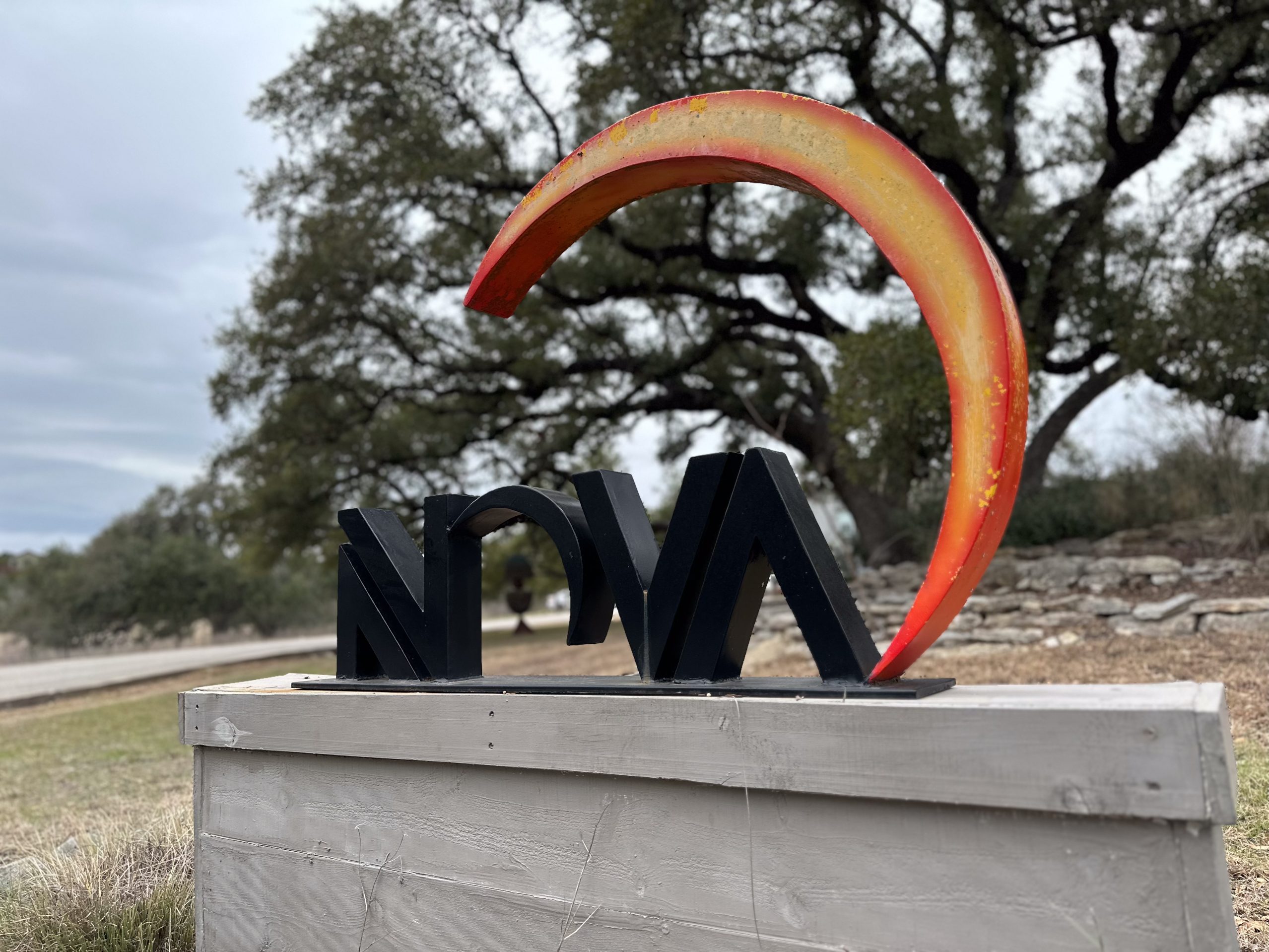
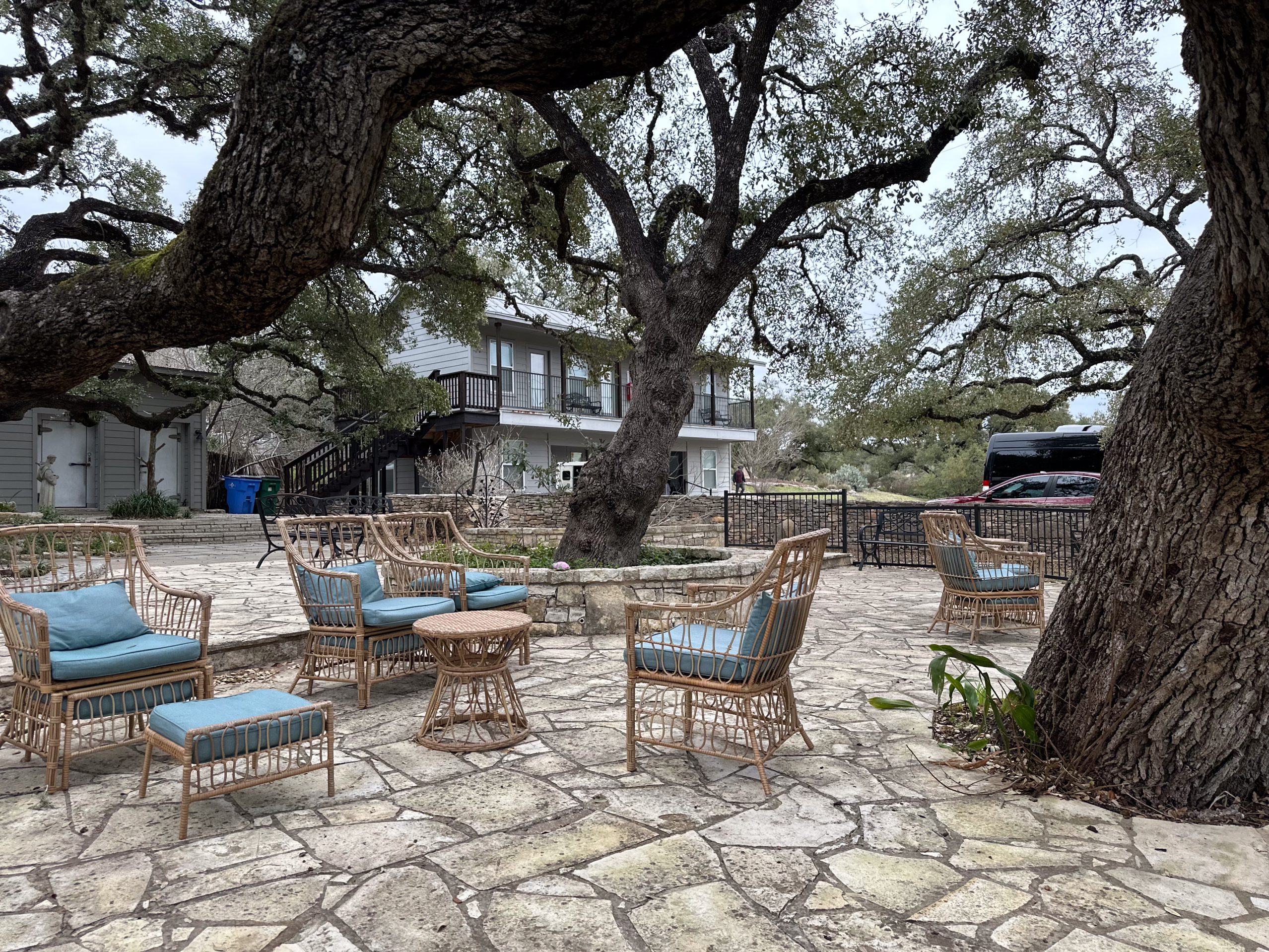
Commonly Abused Substances Associated with Drug Addiction
A 2016 survey by the Substance Abuse and Mental Health Services Administration (SAMHSA) found that in the past year:
- 37.6 million people used marijuana
- 18.7 million people misused prescription psychotherapeutic drugs
- 11.5 million people misused prescription opioid pain relievers
- 5.1 million people used cocaine
- 4.9 million people used hallucinogens
- 1.7 million used inhalants
- 1.4 million used methamphetamines
- 948,000 used heroin
According to the National Institute on Drug Abuse (NIDA), other commonly abused drugs in the United States include:
Freedom Starts Here. Take Back Your Life Today.
Same-Day Admissions in Austin Available.
Commonly Abused Drugs

Prescription Opioids (Narcotics)
Buprenorphine
Carfentanil
Codeine
Demerol (Meperidine)
Dilaudid (Hydromorphone)
Dolophine/Methadose (Methadone)
Duramorph/Roxanol (Morphine)
Embeda
Fentanyl
Kadian
Norco
Opana (Oxymorphone)
OxyContin/Percodan (Oxycodone)
Percocet
Remifentanil
Sufentanil (Dsuvia)
Lortab/Lorcet (Hydrocodone)
Vicodin


More Time. More Joy. More You. Start Now.
WE ACCEPT MOST INSURANCES







Recovery from Drug Addiction
Effective treatment for drug addiction typically requires long-term rehab and several episodes of ongoing treatment. Most often this includes medically assisted detox, residential drug and alcohol rehab, intensive outpatient treatment, sober living, and aftercare programs.
Taking part in each step of treatment is best. Each step offers the right support needed for that part of recovery.
While there is no quick fix for addiction, people can overcome drug addiction with a proven rehab program. These treatment programs usually take place at an addiction treatment center. They last for 30, 60, or 90 days. Long-term rehab programs of 90 days or more often lead to better results.
Drug and alcohol rehab programs are designed to provide the following services:
- Help the person accept the fact that they have an illness.
- Address the root causes of the person’s addiction.
- Learn and practice effective life skills and coping strategies to prevent future relapse.
- Heal damaged relationships in the person’s life.
- Learn how to build healthy relationships.
- Maintain long-term or lifelong abstinence from all addictive substances
Drug addiction is common in the United States. In 2016, an amazing 93.1 percent of people with addiction did not get treatment for their substance use disorder.
If you or a loved one is addicted to drugs, there is hope for you to begin a new life that is free from substance abuse and addiction. It all starts with a phone call to Nova Recovery Center.
Common Drug Questions
Drug addiction is the most severe form of substance use disorder, a chronic brain disease marked by compulsive drug seeking and use despite harmful consequences
The risk and speed of addiction vary: some drugs (like opioids) can lead to addiction quickly, while others take longer
Yes. A mix of behavioral therapies and some FDA-approved drugs can create effective treatment programs. Examples of these drugs include buprenorphine, methadone, and naltrexone
Medications for alcohol use disorder include acamprosate, disulfiram, and naltrexone; for opioid use disorder: buprenorphine, methadone, naltrexone; plus behavioral therapies
Symptoms include inability to control use, cravings, withdrawal symptoms, neglecting responsibilities, risky behaviors, and continuing use despite harm
Yes. Chronic drug use alters brain circuits affecting self‑control, stress response, and reward, which makes quitting difficult
SUD is the new clinical term for addiction. It includes a range from mild misuse to severe drug behavior
Risk factors include genetics, environmental factors, mental health issues, early exposure, and social influences
Resources include Nova Recovery Center and SAMHSA’s Helpline at 1-800-662-HELP. You can also use the Substance Abuse Treatment Locator. Treatment options include inpatient care, outpatient care, and medication-assisted treatment
Relapse is a common part of the chronic disease cycle; it’s not a sign of failure but indicates the need for ongoing coping strategies, counseling, or medication‑assisted therapy
More Time. More Joy. More You. Start Now.
WE ACCEPT MOST INSURANCES







Our Drug and Alcohol Rehab Services in Texas
Freedom Starts Here. Take Back Your Life Today.
Same-Day Admissions in Austin Available.
Nova’s Comprehensive Continuum of Care Plan
90-Day Residential Alcohol and Drug Rehab

Our 90-day residential drug and alcohol rehab in Austin center provides a safe, comfortable, and supportive space for you to heal, learn, and recover. Unlike other 30 or 60-day programs, our long-term rehab program gives you more time to adjust to a new way of living, more time to practice the mental and spiritual tools you will use outside of rehab, and more time to acclimate into a recovery community. This 90-day time span promotes genuine and lasting change for sobriety that lasts long after inpatient rehab ends.
Drug and Alcohol Detox

Our medical detox programs treat all kinds of addictions and are tailored to meet your individual needs. We use a comprehensive assessment to design a personalized detox program that will ensure your comfort and safety throughout the withdrawal process. You’ll also have the opportunity to begin individual and group therapy to address any emotional issues and prepare for the transition into a rehab program. We believe this process provides the best foundation for continued sobriety.
Aftercare Program and IOP

Our Intensive Outpatient and Aftercare programs are designed to assist those who have graduated from our inpatient residential facility. Group sessions are available in Austin and Houston and provide structured addiction treatment sessions and recovery counseling in a safe, clinical setting. The first year of recovery can be difficult, but these support groups provide consistency, accountability, and peer support at a time when it’s needed most.
Sober Living Apartments

The transition from a residential rehab center into independent sober life is littered with obstacles. For this reason, we provide sober living homes and support programming for clients who need continued support as they make the transition. With regular drug and alcohol screenings, one-on-one sobriety coaching, and a safe, comfortable place to practice relapse prevention strategies, our sober living program is key to achieving an independent, substance-free life.
More Time. More Joy. More You. Start Now.
WE ACCEPT MOST INSURANCES







